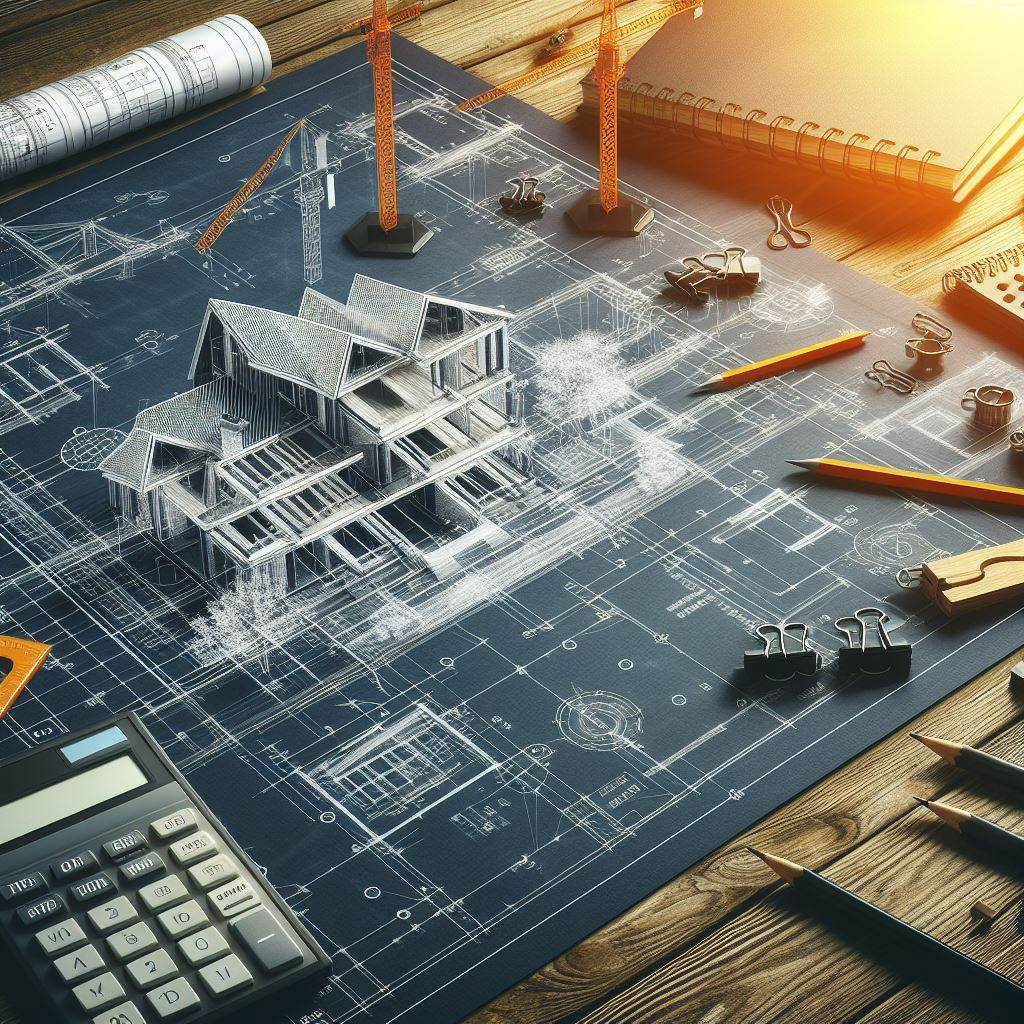

The importance of detailed, correct as-built drawings cannot be overstated in the construction industry. They are the key reference documents for anyone interacting with a finished building. As-builts help ensure projects meet specifications, code compliance, quality standards, and safety requirements. Their accuracy directly impacts maintenance, coordination, budgets, and liability down the road. For these reasons, proper as-built documentation is a critical responsibility for contractors.
As-built drawings are an essential part of any construction project. They provide numerous benefits that can save time and money down the road:
As-built drawings make it easier for facility managers and maintenance teams to quickly locate pipes, wires, ducts, and other infrastructure when issues arise. Without accurate documentation, simple tasks can turn into costly hunting expeditions.
When the time comes to expand or renovate a building, as-built drawings greatly simplify the planning process. They provide critical details about what's behind the walls and under the flooring, allowing architects and engineers to design appropriately.
As-builts serve as a record of what was constructed and where. This provides protection in case of lawsuits or liability claims related to defects. As-builts can also help settle property disputes by providing evidence of actual boundaries, easements or rights of way.
Not having accurate as-built drawings can lead to significant risks and added costs for construction projects. Here are some of the major risks:
Without accurate documentation of the final constructed state, future renovation or maintenance work will require extensive surveying and analysis to understand the existing conditions. This adds significant time and costs compared to having updated drawings readily available.
As-builts allow workers to know precise locations of structural elements, utilities, and other key systems. Without this information, the risk of hitting hidden systems increases during any future construction work. Damaging live utilities can cause major injuries or facility shutdowns.
Undocumented changes during construction can lead to significant rework if using the original design drawings for future work. For example, walls or ductwork may have been relocated from the original plans. Without updated as-builts, there is a high likelihood of having to redo work due to conflicts with the existing conditions. This leads to a waste of time and resources.
Having accurate as-built drawings is crucial for avoiding these major headaches down the road on construction projects. The relatively minor upfront investment in proper as-built documentation can prevent massive costs and safety issues over the lifecycle of a facility.

Accurate and up-to-date as-built drawings are critical in construction, but they are often lacking on projects. There are several common causes of inaccurate or out-of-date as-builts:
If changes are not thoroughly documented and marked on plans during the construction process, it becomes very difficult to produce accurate as-builts afterwards. Field teams and subcontractors must be diligent about recording any changes, no matter how small.
Even with good documentation, as-builts still need to be compiled and updated regularly throughout construction. If this does not happen, inevitable changes can be missed and the final as-builts will be unreliable. As-built drawings need to be an ongoing priority.
For keeping as-builts updated, coordination and communication between the field team, project managers, engineers, and drafters is essential. If communication breaks down, it can result in as-built drawings that do not reflect the actual constructed conditions.
As-built drawings are critical for protecting owners, contractors, and design professionals against potential legal disputes and lawsuits down the road. As-builts provide documentation that can be referenced in case of lawsuits related to construction defects, contract disputes, property damage claims, and more.
For example, if a building owner sues an architect or contractor for construction defects, the as-builts serve as legal documentation of what was actually built. The as-builts help determine if deficiencies were due to errors in the original design versus issues during construction.
Overall, maintaining detailed and accurate as-built drawings is a prudent risk management strategy. As-builts help avoid long and costly legal battles by providing definitive proof of the final building details. They enable disputes to be resolved more quickly while protecting the interests of all parties involved in the construction process.

As-built drawings are essential, but the process of creating and managing them can be prone to issues. Some common pain points with as-built drawings include:
Failing to create proper as-builts often leads to extra costs down the road when details are missing. For example, needing to bring in contractors to verify system details that were not properly documented.
Time and resources must be allocated to creating and updating as-builts throughout a project. This is an added cost that is often underestimated or overlooked entirely.
To avoid the common pain points around using and maintaining accurate as-built drawings, here are some proactive strategies construction teams can implement:
The most important step is to plan for as-built drawings upfront and allocate sufficient budget and resources. This includes factoring in the costs for having personnel onsite to track changes, using technologies to streamline documentation, and setting aside time for quality reviews and updates throughout the project. Planning ahead helps prevent as-builts from becoming an afterthought.
Construction technology with features like digital redlining, annotations and photo markups can provide greater accuracy and transparency. However, technology alone isn't a silver bullet; it requires investment and change management.
Ongoing training helps ensure the field and office teams understand the importance of as-builts and know the proper processes and tools for maintaining them. Dedicating resources to enable teams to document changes in real-time is key. Construction firms that prioritize as-built accuracy cultivate a documentation-focused mindset across their workforce.
By taking a proactive and preventative stance on these areas, construction teams can avoid common pitfalls and ensure the highest quality as-built drawings. Accurate as-builts then provide benefits for years beyond project completion.